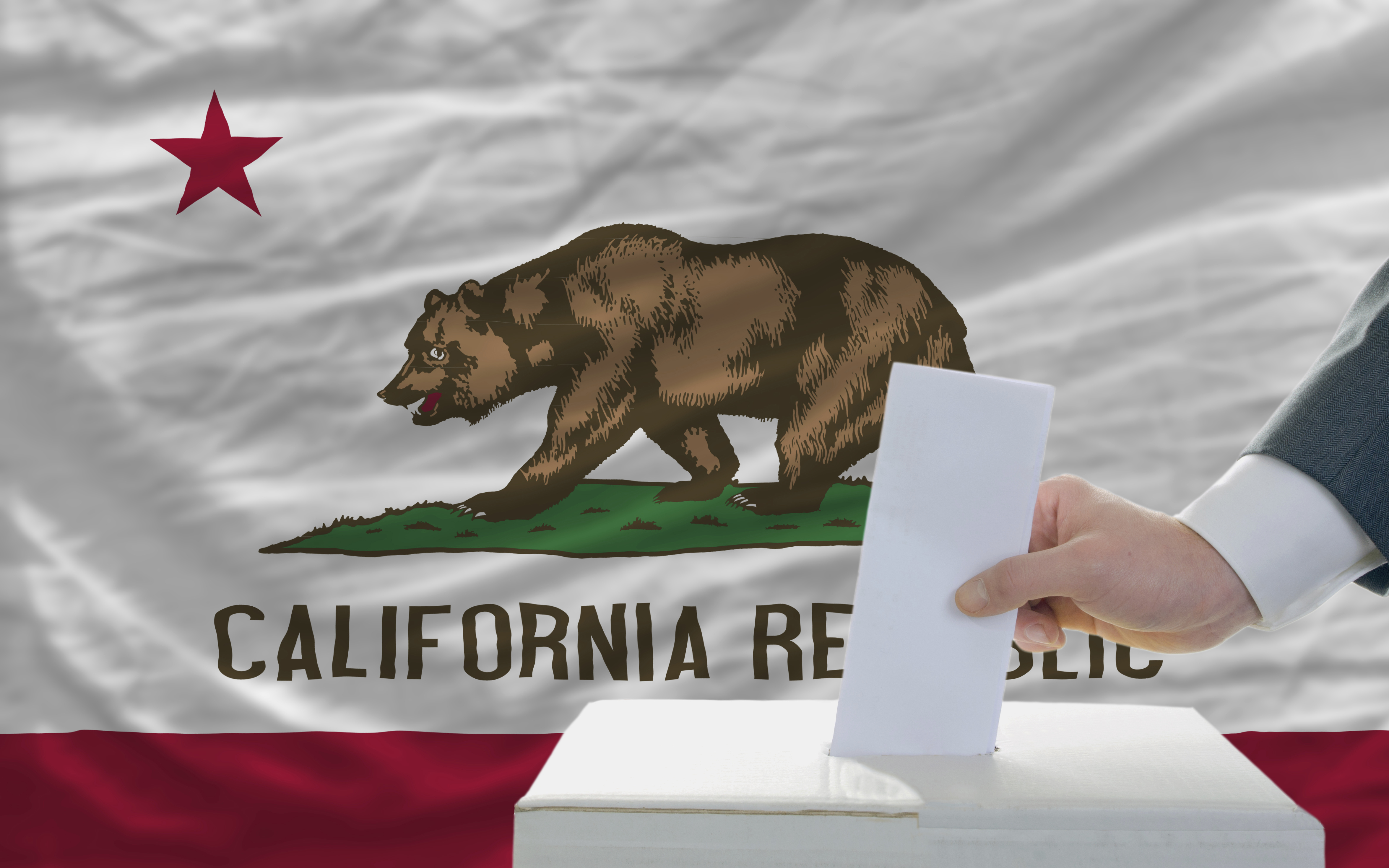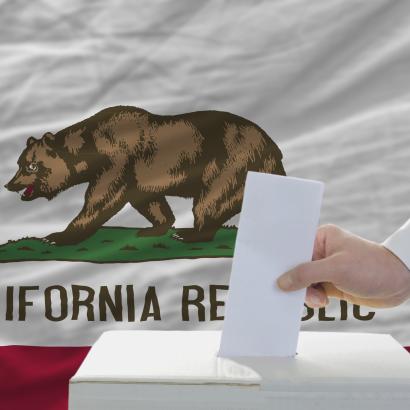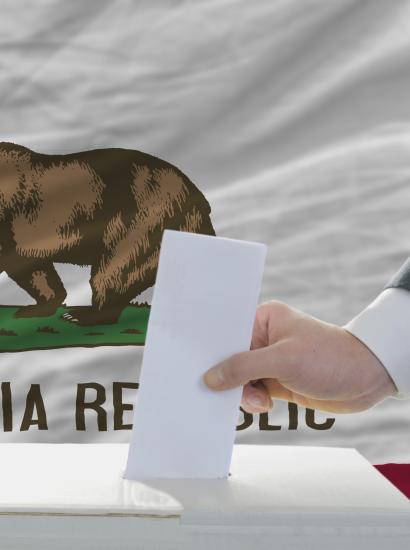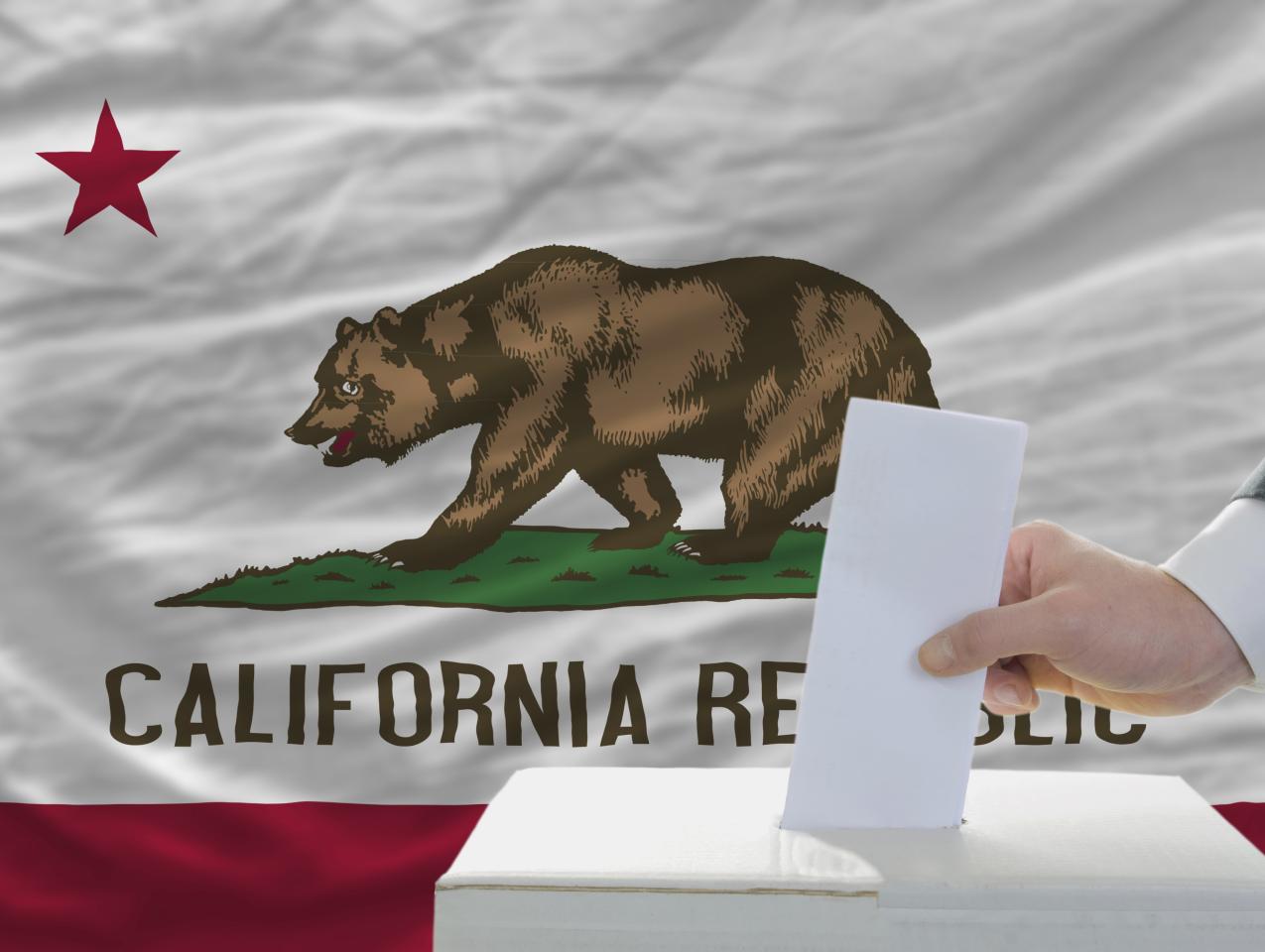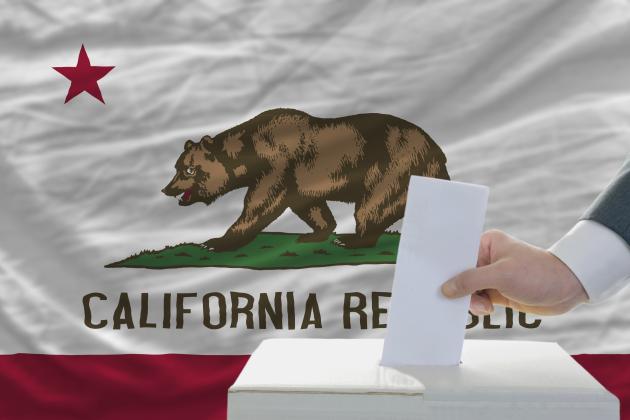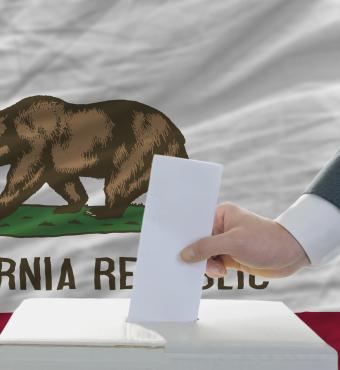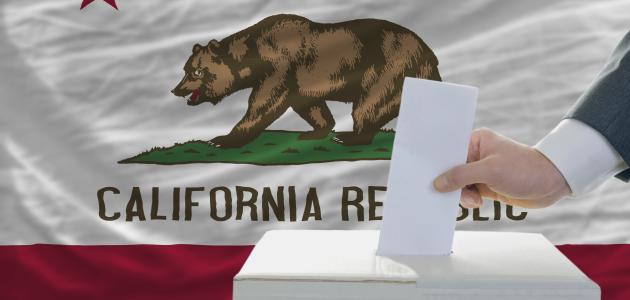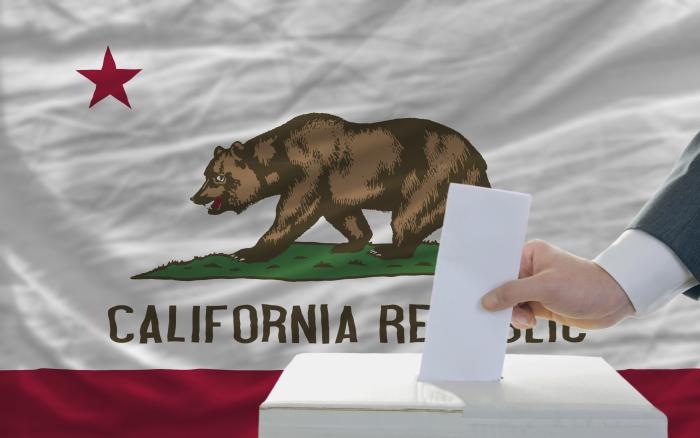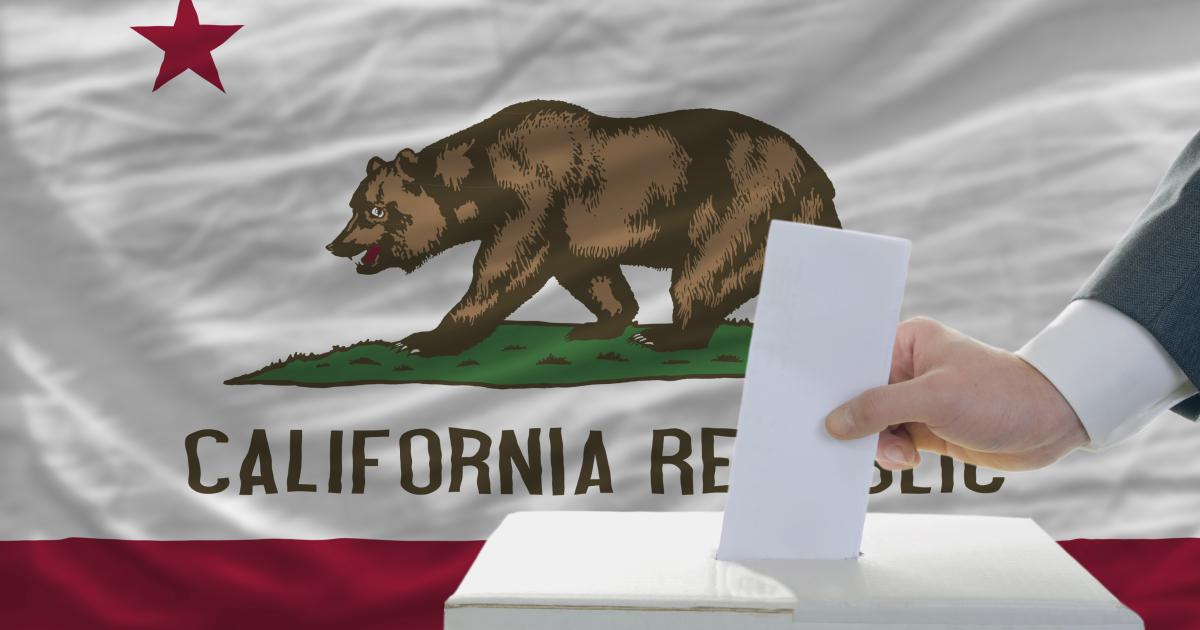- Politics, Institutions, and Public Opinion
- Campaigns & Elections
- State & Local
Exit Polls are useful, but just like any poll, one needs to be careful using them. They are not exact, but instead provide a glimpse into trends of the electorate. And while the 2014 election results in California were interesting and provide useful lessons, the electorate (and what they think) might be even more so.
Ideology vs. Party ID: Based don vote-by-mail statistics and 2010’s voter breakdown and the exit poll results, the overall electorate was likely about 34% Republican. While this is an improvement over their registration, it still suggests a partisan gap of roughly 10 points. But this gap becomes less daunting when you compare the numbers to ideology. While the party ID breakdown, according to the exit poll, was 44% Democrat, 30% Republican, 26% Independent, the ideology breakdown was essentially split (30% liberal, 31% conservative, 39% moderate). This shows that while there is a strong Democrat advantage in California, it doesn’t translate to a strong liberal advantage presenting an opportunity (even if it is a challenging one) for Republicans. The road to revitalization for Republicans doesn’t go through conservative voters – they are already winning those individuals – it is through the moderate voters, whom Republicans have failed to engage effectively ceding them to Democrats without a fight.
Asians vs. Latinos: By the end of this year or early next year, Latinos will overtake non-Hispanic Whites as the largest racial demographic in California and Latinos, for some time, have been the second largest racial voting bloc. But Republicans have found winning Latinos over increasingly more difficult with Kashkari (27% of Latinos) doing worse than Whitman (31%) and Whitman doing worse than Schwarzenegger (39%). The one solace is that these numbers, likely, would have been much lower causing problems down-ballot, if the Republican standard-bearer was soon-to-be former Assemblyman Tim Donnelly. Yet, for as important as Latinos are, electorally and otherwise, their composition of the electorate is stagnant. Depending on the election, Latinos represent between 18% and 22% of the electorate and this number hasn’t really increased or decreased since 2006.
However, Asian voters have increased from 4% to 11% dramatically and consistently since 2006 and while this year’s exit poll doesn’t provide a voting breakdown for Asian voters, on average across the past 10 elections, Republicans have performed 4 points better. If indeed, Kashkari did 4 points better among Asians than with Latinos (suggesting 31% voted for him), a little over 99,400 of Kashkari’s votes came from Asians (just 42,000 fewer than his Latino count). And Asians are the fastest growing racial demographic is California. Republican struggles with Latinos may be backed-in and difficult to reverse unless there is action from National Republicans on immigration reform. But as the Asian backlash from the Democrats affirmative action attempts this past year showed, they appear more willing to break from the Democratic majority when the Democrat’s agenda conflicts with their communities’ interests. With Taiwanese-American Ling-Ling Chang, Korean-American Young Kim, and Vietnamese-American Janet Nguyen all heading to Sacramento, Republicans have three strong ambassadors to different Asian communities to expand its coalition of voters.
Role of Government vs. Economic Opportunity: One of the unique features of exit polls is that they ask policy questions allowing a little more nuanced look at the electorate. In 2014, voters, by a 48% to 42%, say the government does things better left to businesses and individuals (versus saying it should do more). The interesting aspect isn’t this spread (mid-term electorates are more likely to say government does too much while Presidential electorates say government should do more). Instead, it is this response in relation to other policy responses and electoral outcomes. Of particular note, in a question unique to 2014, voters were asked whether future generations would have a better, worse, or equal life as previous generations; 46%, a strong plurality, said the next generation would be worse off. An electorate that is strongly Democratic, evenly split liberal vs. conservative, re-elected Jerry Brown by 20 points, elected Democrats to every statewide office, and installed Democratic majorities in the state legislature a) believes California’s government does too much and b) believes the “California Dream” is over for the state’s next generation. It would appear the California electorate was primed for pro-growth and opportunity messages, yet Republicans failed to take advantage of the opportunity. A further look shows why this likely is the case; 65% of the electorate believes the U.S. economic system generally favors the wealthy, 61% support same-sex marriage, 59% believe abortion should be legal, 54% support legalizing marijuana use, 54% believe Obamacare was about right or didn’t go far enough, 40% oppose the Tea Party, and just 39% have a favorable opinion of the Republican Party. Until the Republican Party deals with these handicaps, it won’t be able to capitalize on areas of opportunity.
Mid-terms are typically good electoral environments for Republicans. But the exit poll numbers suggest 2014 should have been an even better year for California’s Grand Old Party. To move forward – and break one-party rule in the Golden State – Republicans need to win over moderates, improve with both Latinos and Asians, and figure out how to neutralize its massive policy deficits on a host of issues. Only until then can they take advantages of being the party of growth and opportunity and giving Californians a strong alternative option to the unchecked monopoly Democrats have over policy-making in the state.







